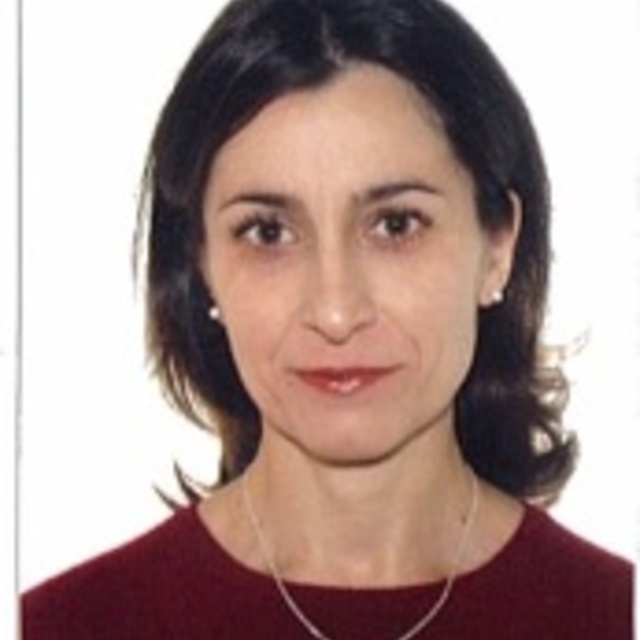July
2010
•
2010A&A...518L..93J
Authors
•
Juvela, M.
•
Ristorcelli, I.
•
Montier, L. A.
•
Marshall, D. J.
•
Pelkonen, V. -M.
•
Malinen, J.
•
Ysard, N.
•
Tóth, L. V.
•
Harju, J.
•
Bernard, J. -P.
•
Schneider, N.
•
Verebélyi, E.
•
Anderson, L.
•
André, P.
•
Giard, M.
•
Krause, O.
•
Lehtinen, K.
•
Macias-Perez, J.
•
Martin, P.
•
McGehee, P. M.
•
Meny, C.
•
Motte, F.
•
Pagani, L.
•
Paladini, R.
•
Reach, W.
•
Valenziano, L.
•
Ward-Thompson, D.
•
Zavagno, A.
Abstract
•
Context. We present the first results from the project Galactic cold cores, where the cold interstellar clouds detected by the Planck satellite are studied with Herschel photometric observations. The final Planck catalogue is expected to contain several thousand sources. The Herschel observations during the science demonstration phase provided the first glimpse into the nature of these sources.
Aims: The main goal of the project is to derive the physical properties of the cold core population revealed by Planck. We examine three fields and confirm the Planck detections with Herschel data, which we also use to establish the evolutionary stage of the identified cores.
Methods: We study the morphology and spectral energy distribution of the sources using the combined wavelength coverage of Planck and Herschel. The dust colour temperatures and emissivity indices are determined. The masses of the cores are determined with distance estimates which are taken from the literature and are confirmed by kinematic and extinction information.
Results: The observations reveal extended regions of cold dust with dust colour temperatures down to Tdust ~ 11 K. The fields represent different evolutionary stages ranging from a quiescent, cold filament in Musca to regions of active star formation in Cepheus.
Conclusions: The Herschel observations confirm that the all-sky survey of Planck is capable of making a large number of new cold core detections. Our results suggest that many of the sources may already have left the pre-stellar phase or are at least closely associated with active star formation. High-resolution Herschel observations are needed to establish the true nature of the Planck detections.
Planck (
http://www.esa.int/Planck) is a project of the European Space Agency - ESA - with instruments provided by two scientific consortia funded by ESA member states (in particular the lead countries: France and Italy) with contributions from NASA (USA), and telescope reflectors provided in a collaboration between ESA and a scientific Consortium led and funded by Denmark.Herschel is an ESA space observatory with science instruments provided by European-led Principal Investigator consortia and with important participation from NASA.
Links




